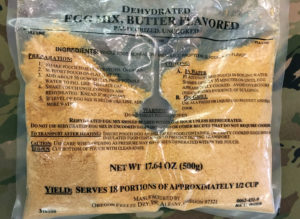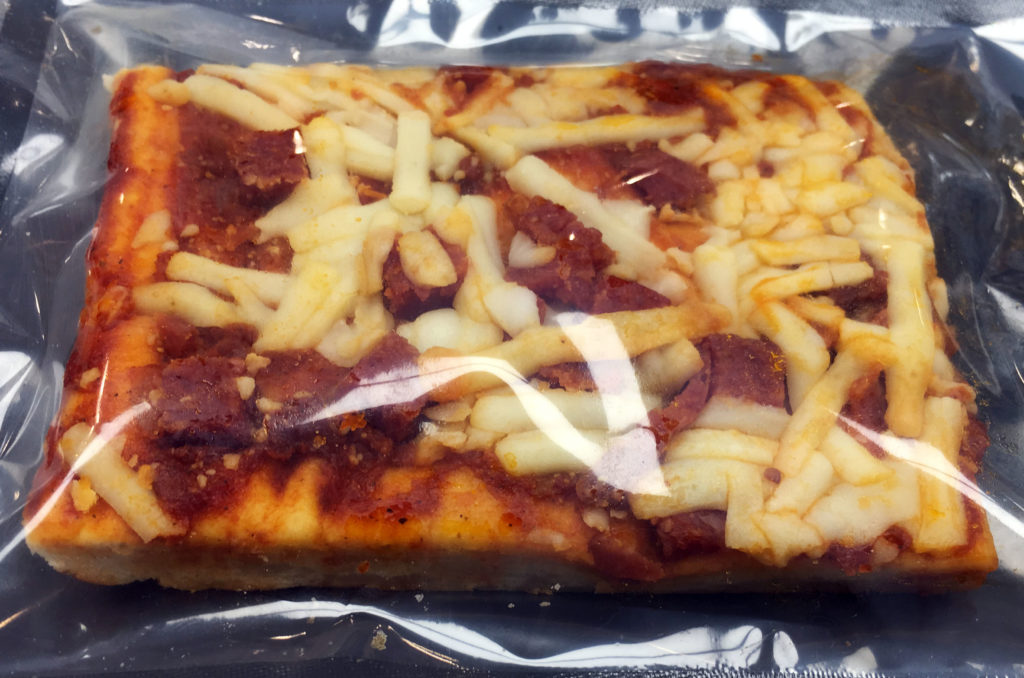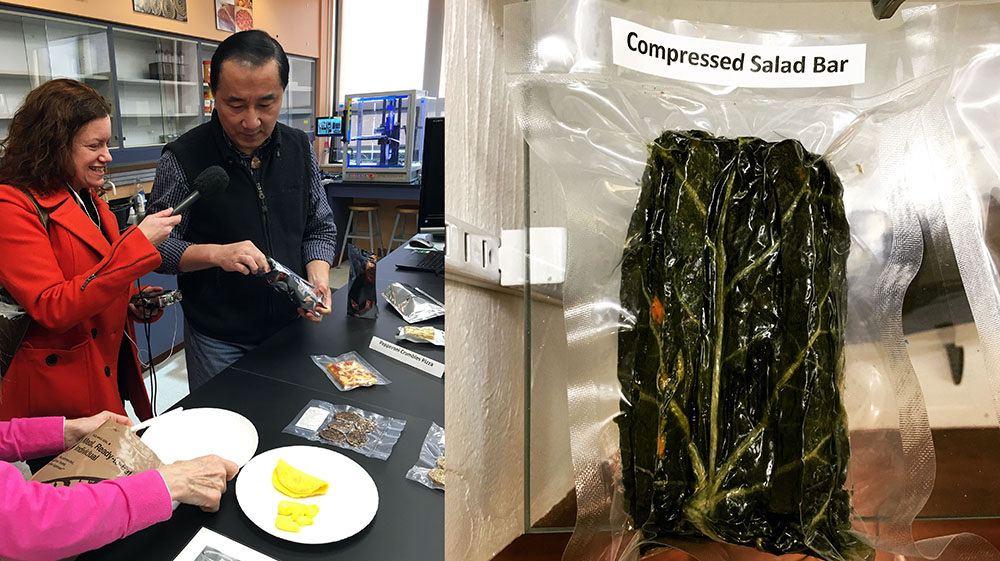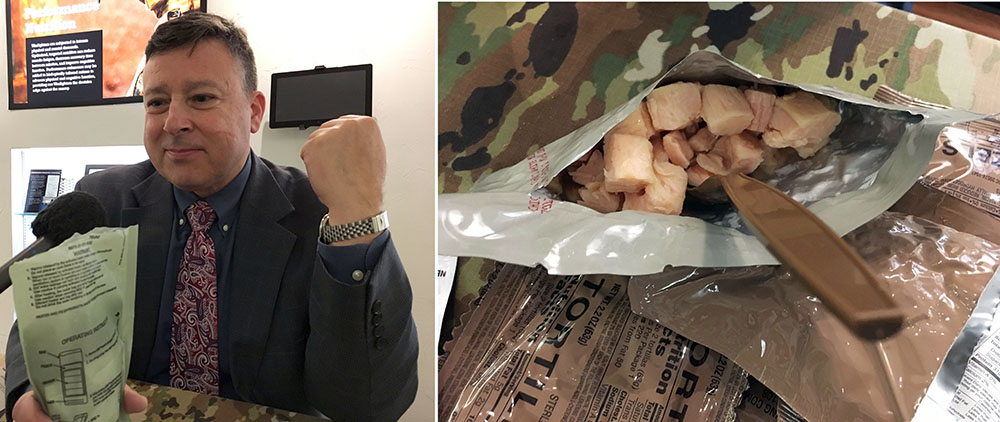Gastropod looks at food through the lens of science and history.
Co-hosts Cynthia Graber and Nicola Twilley serve up a brand new episode every two weeks.
Co-hosts Cynthia Graber and Nicola Twilley serve up a brand new episode every two weeks.
 In her book, Combat-Ready Kitchen, Anastacia Marx de Salcedo credits the ancient Egyptians with some of the first real military rations: little cakes made from barley, onions, and some dried, salted fish. For millennia, food on the battlefield remained more or less the same, because preservation methods barely changed. Napoleon's Europe-conquering ambitions inspired the first big leap forward in rations in thousands of years: canning. But, although it was invented in the early 1800s, canned food remained so expensive and slow to produce that fifty years later, during the American Civil War, cans were still only found in the officers' rations.
In her book, Combat-Ready Kitchen, Anastacia Marx de Salcedo credits the ancient Egyptians with some of the first real military rations: little cakes made from barley, onions, and some dried, salted fish. For millennia, food on the battlefield remained more or less the same, because preservation methods barely changed. Napoleon's Europe-conquering ambitions inspired the first big leap forward in rations in thousands of years: canning. But, although it was invented in the early 1800s, canned food remained so expensive and slow to produce that fifty years later, during the American Civil War, cans were still only found in the officers' rations.
In the twentieth century, civilians moved on, embracing refrigerated and frozen food. In the military, however, where packages of food have to last for months—even years—at ambient temperature, the can remained king until 1980. Its replacement was the MRE, a flexible foil pouch filled with pre-cooked, ready-to-eat meals that was the outcome of decades of R&D by the food scientists at the U.S. Army Soldier Research, Development & Engineering Center in Natick, Massachusetts. Today, that pouch can be found in pantries across America, holding everything from juice to tuna. But even the pouch couldn't solve the Army's egg problem—indeed, the soldiers' nickname for the veggie omelet in a pouch was the "vomlet." This episode, we try the military's next-gen eggs—so cutting-edge they haven't made it into the ration rotation yet—while we explore the high-tech science required to make lightweight, long-lasting, and at least somewhat tasty food. And we find out why military food matters—both on the battlefield and on the home front. Listen in now for more.
 Michelle Richardson's ration-ready pizza. All photos by Nicola Twilley.
Michelle Richardson's ration-ready pizza. All photos by Nicola Twilley.
The U.S. Army Natick Soldier Research, Development and Engineering Center is part of the U.S. Army Natick Soldier Systems Center in Natick, Massachusetts. The Natick team of scientists, engineers, technologists, and equipment designers are responsible for equipping warfighters with clothing and armor, shelter, and, of course, food!

Cynthia and Tom Yang—the next-gen eggs are on the plate in front (L); Tom's latest creation is the Compressed Salad Bar (R).

David Acetta heating his MRE using the flameless ration heater (L); David's buffalo chicken MRE, before he added the buffalo sauce (R).

Revolutionary War and World War II-era rations in the Combat Feeding historical ration display at Natick.
Anastacia Marx de Salcedo is a food writer and the author of Combat-Ready Kitchen: How the U.S. Military Shapes the Way You Eat.
Click here for a transcript of the show. Please note that the transcript is provided as a courtesy and may contain errors